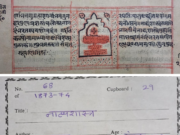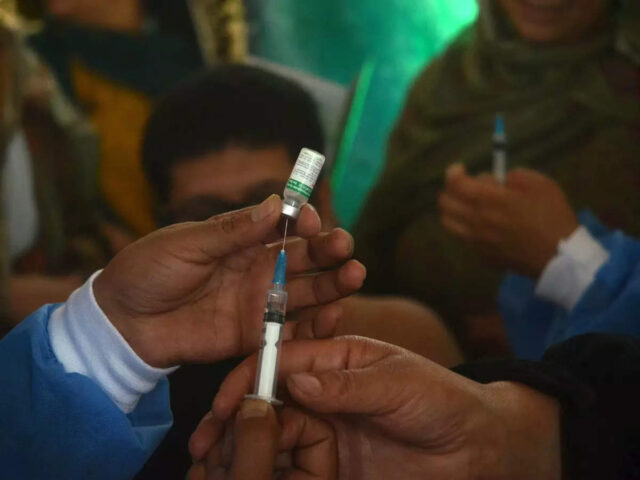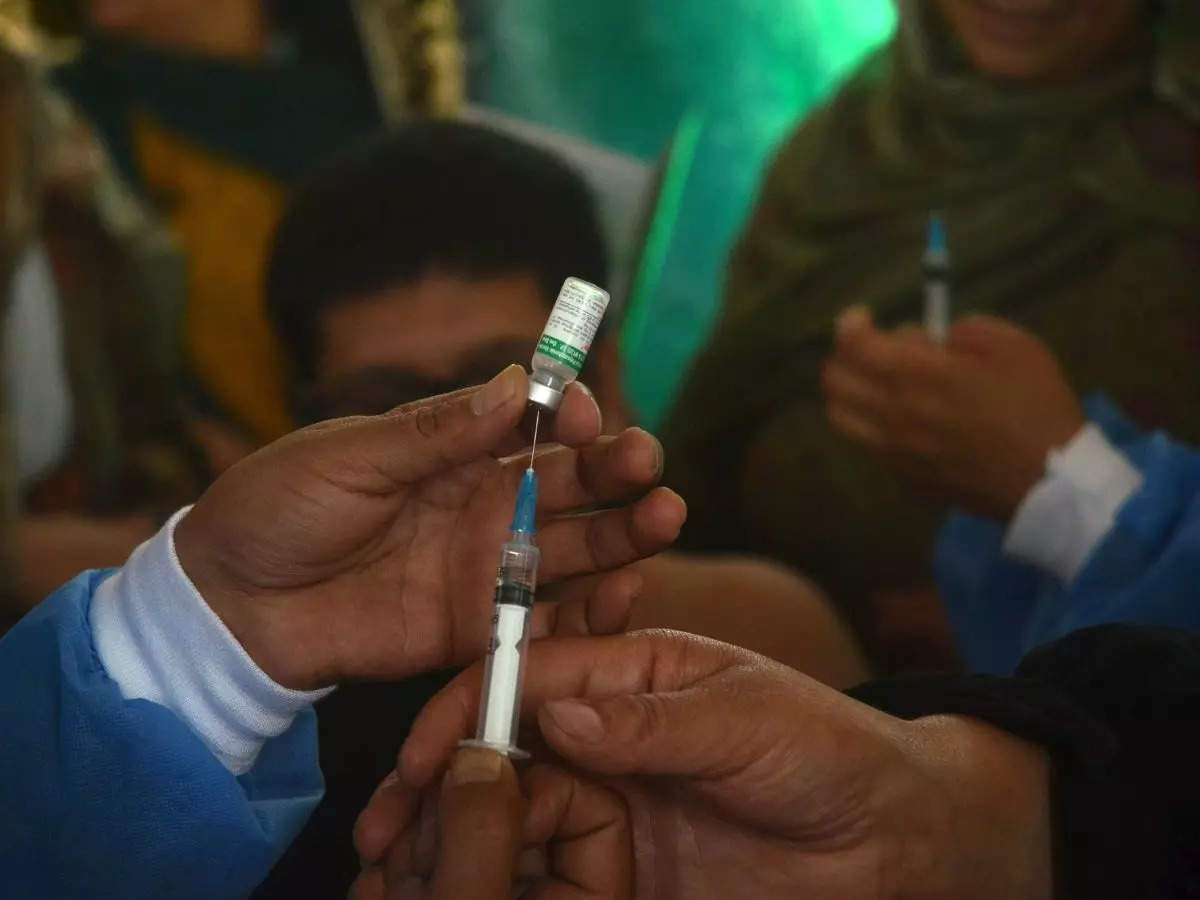
A relook at the survey data was necessitated by instances of repeated measles outbreaks after the COVID-19 pandemic, the report by (by Rema Nagarajan) said.
The researchers involved in the relook were from health ministry’s immunisation division, Banaras Hindu University and the Bill and Melinda Gates Foundation.
In some Uttar Pradesh districts, characterised by a high number of births, the proportion of children who did not receive any doses of the measles vaccine was notably elevated, reaching 34.2% in Prayagraj and 32.2% in Hapur. Similarly, in nearly all northeastern states, the prevalence of zero-dose children was approximately 25%.
In a study published in the journal Vaccine, researchers examined measles vaccination coverage across different doses and identified gaps in immunization, particularly focusing on zero-dose, one-dose, and two-dose coverage among children aged 24-35 months. The research analyzed data from 43,864 children, considering socio-demographic factors including birth order, wealth quintile, gender, social group, religion, residence, mother’s education, delivery-related factors, and media exposure.
The study highlighted a significant proportion of children who received zero doses, indicating a troubling gap in immunization coverage. Analysis revealed substantial variations in zero-dose prevalence between states and districts, with significant disparities even within the same state. For example, in Arunachal Pradesh, West Siang district had the highest prevalence of zero-dose children at 49.6%, whereas Lower Dibang Valley district had only 2.8%. Similarly, in Uttar Pradesh, Prayagraj and Banda districts reported 34.2% and 32.2% zero-dose prevalence respectively, while Hapur and Etawah had much lower percentages at 2.6% and 2.1% respectively.The examination revealed that children with higher birth orders and those from the poorest wealth quintile had a higher likelihood of being classified as sero-dose. Moreover, mothers with lower levels of education were more likely to have children classified as sero-dose for measles. Additionally, mothers with limited exposure to media had a higher probability of their children having a sero-dose status for measles.According to the paper, “Measles outbreak is considered an early warning sign for immunisation programmes and can be effectively used as a signal for tracing missed and dropout children and overall systems strengthening. It is an ideal tracer as measles outbreaks visibly signal clusters with suboptimal immunisation service delivery and can drive prioritisation of targeted interventions to improve programme performance and advocacy.”
Measles outbreaks were documented in various districts of Maharashtra, Bihar, Gujarat, Haryana, Jharkhand, Kerala, and Delhi in 2022, accompanied by subsequent measles-related fatalities.
Since humans are the sole reservoir for the measles virus and there is no documented evidence of asymptomatic carriers, there is a belief that measles can be eradicated. In 2017, India implemented the ‘National Strategic Plan for Achieving and Sustaining Measles and Rubella Elimination’. Subsequently, in September 2022, India adopted a roadmap for eliminating measles and rubella. There is an urgency to reach at least 95 per cent coverage for both doses of measles vaccine as unvaccinated (zero-dose) children “pose an immediate health risk, amplify disease transmission, and act as a barrier to the measles elimination goal”, ToI’s report observed.
The paper further says: “With consistent efforts, the country aims to catch up on the immunisation gaps and vaccinate dropped-out and left-out children this year through Intensified Mission Indradhanush (IMI) 5.0 campaigns. So far six phases of Intensified Mission Indradhanush (IMI) have been conducted from 2017 to 2022 with a focus on measles rubella (MR) elimination vaccinating approximately 1.9 million children.”




































